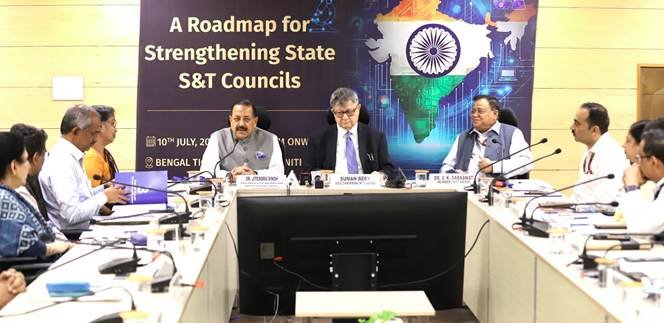Govt policy and direction needed, WNA

India needs to expand its partnerships with nuclear expertise to expedite its 63 GWe nuclear programme which has been lagging, said Agneta Rising, director general of the World Nuclear Association, said in Singapore on 31 Oct 2018.
Touching on India’s slower progress in building nuclear power generating plants, she said “India has not built so much. India has to pick up and build more to increase nuclear energy generation”.
“Every country in the world need a direction and policy support to progress with nuclear energy development,” Rising pointed out, adding India needs to have a government policy support as well as a definite direction.
If a government lends policy support and set direction, you will get financing, training and easily find good people” to run such operations, said Rising at the Singapore International Energy Week held 30 Oct to 2 Nov 2018.
India also needs a strong system in place for international partners to participate in its nuclear energy programme.
China, for example, has started eight reactors this year, six of which are with international partners from France, the US and Russia. China has benefited from forming international partnerships, said Rising.
She noted India’s partnership with Russia but stressed on the need to build to expand partnerships for further developing the nuclear plants.
India has maintained a health nuclear electricity generating rate of 80% which met the world average. But its installed capacity was low at 6.7 GWe.
India had seven reactors under construction, with a combined capacity of 4.8 GWe, including first of the country’s indigenously designed 700 MWe units as end of September 2018.
The government has approved construction of 10 Pressurized Heavy Water Reactors of 7,000 MWe.
France’s EDF and Nuclear Power Corp of India Ltd (NPCIL) have also signed an agreement to build six European Pressurized Reactors, said WNA in a World Nuclear Performance Report 2018 released on 31 Oct 2018.
The Department of Atomic Energy is aiming for self-sufficiency in Uranium supply, and in March 2018, the state company Uranium Corp of India Ltd announced that it aims to increase uranium production tenfold by 2032.
NPCIL is building unit 3&4 at Kundakulam Power Plant, first phase of which was built and put into commercial operation with Russia’s ASE Group. The two companies have also signed a framework agreement to build unit 5&6.
World average for building a nuclear plant is 5 to 6 years but India takes a longer period than that, said Rising. The country needs to accelerate construction process, she added.
Opportunities for developing nuclear plants have not been fully exploited and international cooperation on a larger scale would be good for the proramme, according to Shah Nawaz Ahmad, WNA’s Senior Advisor for India, Middle East and South East Asia.
Early implementation of the 63 GWe target should make nuclear a significant low-carbon part of its total energy requirements, he said.
As the reliability issues are resolved by India, cooperation and partnerships will enhanced for the country’s nuclear programme, believes WNA officials.
India needs to work on the resolution of the liability issues for further, they said. fiinews.com









